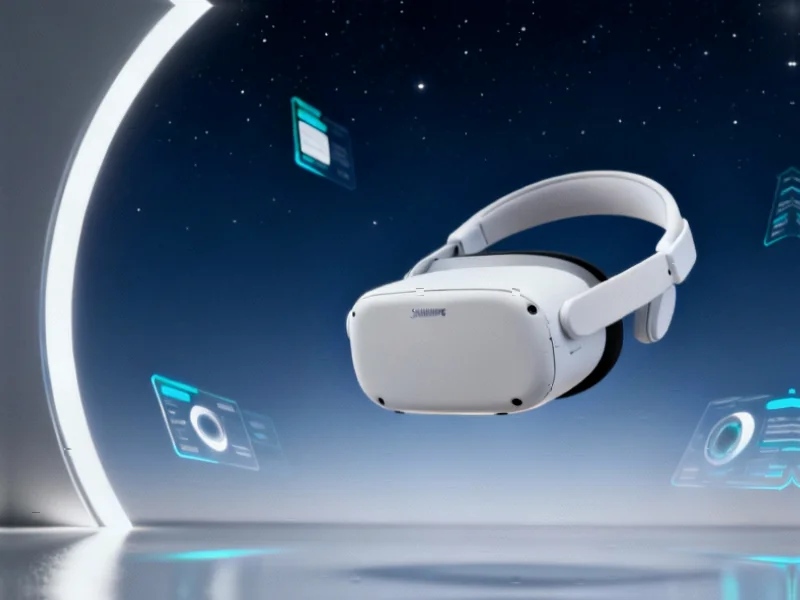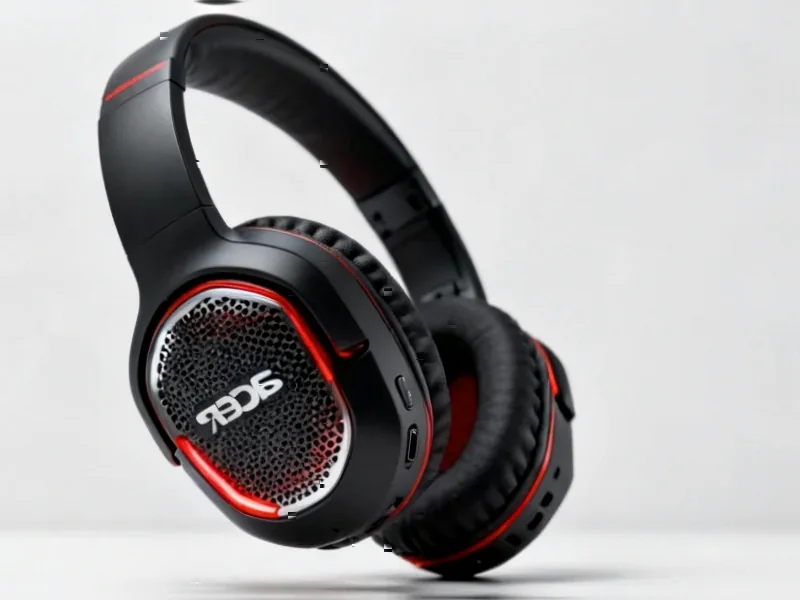Samsung appears to be mounting the first serious challenge to Apple’s spatial computing dominance with its newly revealed Galaxy XR headset. According to hands-on reports from industry analysts, the Android XR-powered device directly addresses several key criticisms of the Vision Pro while positioning itself as a more accessible alternative in the premium mixed reality category.
Table of Contents
The Comfort Equation
One of the most immediate advantages sources are highlighting involves the Galaxy XR’s physical design. Early testers report the headset feels significantly lighter than Apple’s offering, potentially solving one of the most common user complaints about extended Vision Pro sessions. This comfort-focused approach could prove crucial for mainstream adoption, as even dedicated VR headset enthusiasts have struggled with the fatigue caused by heavier devices.
Meanwhile, the $1,800 price tag positions Samsung’s entry at roughly half the cost of Apple’s $3,500 Vision Pro. That price differential could dramatically expand the potential market for high-end mixed reality experiences, making the technology accessible to professionals and enthusiasts who found Apple’s pricing prohibitive.
Content Accessibility
Perhaps the most practical improvement analysts are noting involves the app ecosystem. The Galaxy XR reportedly includes native support for Netflix and YouTube—two glaring omissions from Vision Pro’s launch lineup that frustrated early adopters. This content advantage could prove decisive in the consumer market, where entertainment often drives daily usage patterns.
Building on the Android XR platform gives Samsung immediate access to a broader developer ecosystem, potentially accelerating content creation for the device. The platform strategy represents a different approach from Apple’s walled-garden mentality, and industry watchers will be closely monitoring which method gains more traction with both developers and consumers.
Market Implications
This launch marks Samsung’s most significant move in the spatial computing space since earlier Galaxy VR initiatives. The company’s re-entry into the category with a fully-featured mixed reality device suggests the technology is maturing beyond niche applications into mainstream computing.
What’s particularly notable is how quickly Samsung has responded to Vision Pro’s market reception. The Galaxy XR appears specifically engineered to address the pain points users identified in Apple’s first-generation product—a strategy that could give Samsung an advantage if it can deliver comparable performance at a more accessible price point.
As the mixed reality market continues to evolve, this head-to-head competition between tech giants promises to accelerate innovation while potentially driving prices down across the category. For consumers, that means more choices and better technology—something everyone can appreciate, regardless of which ecosystem they prefer.
Related Articles You May Find Interesting
- Arbor Energy Raises $55M for Carbon-Capture Power Plants That Burn Gas and Biomass
- Open Source Alternatives Challenge Subscription Software Dominance
- Twin Peaks-Inspired Horror Game Silver Pines Coming 2026
- Netflix Shuts Down Squid Game Mobile Studio in Gaming Strategy Shift
- Microsoft Links Cortana with Xbox Live in Cross-Platform Push



